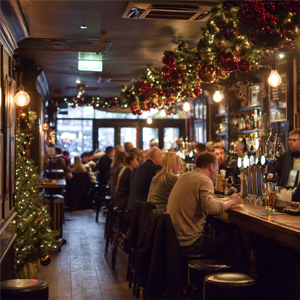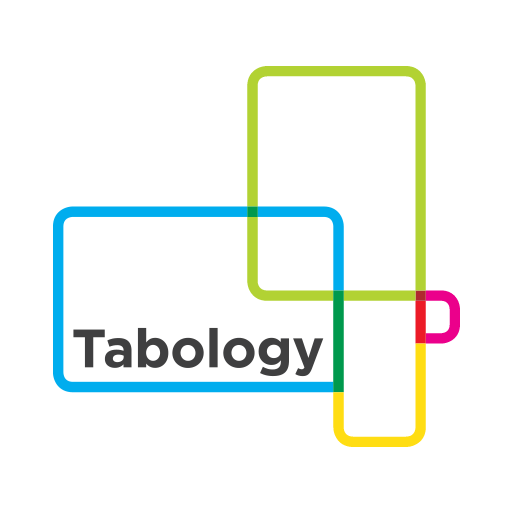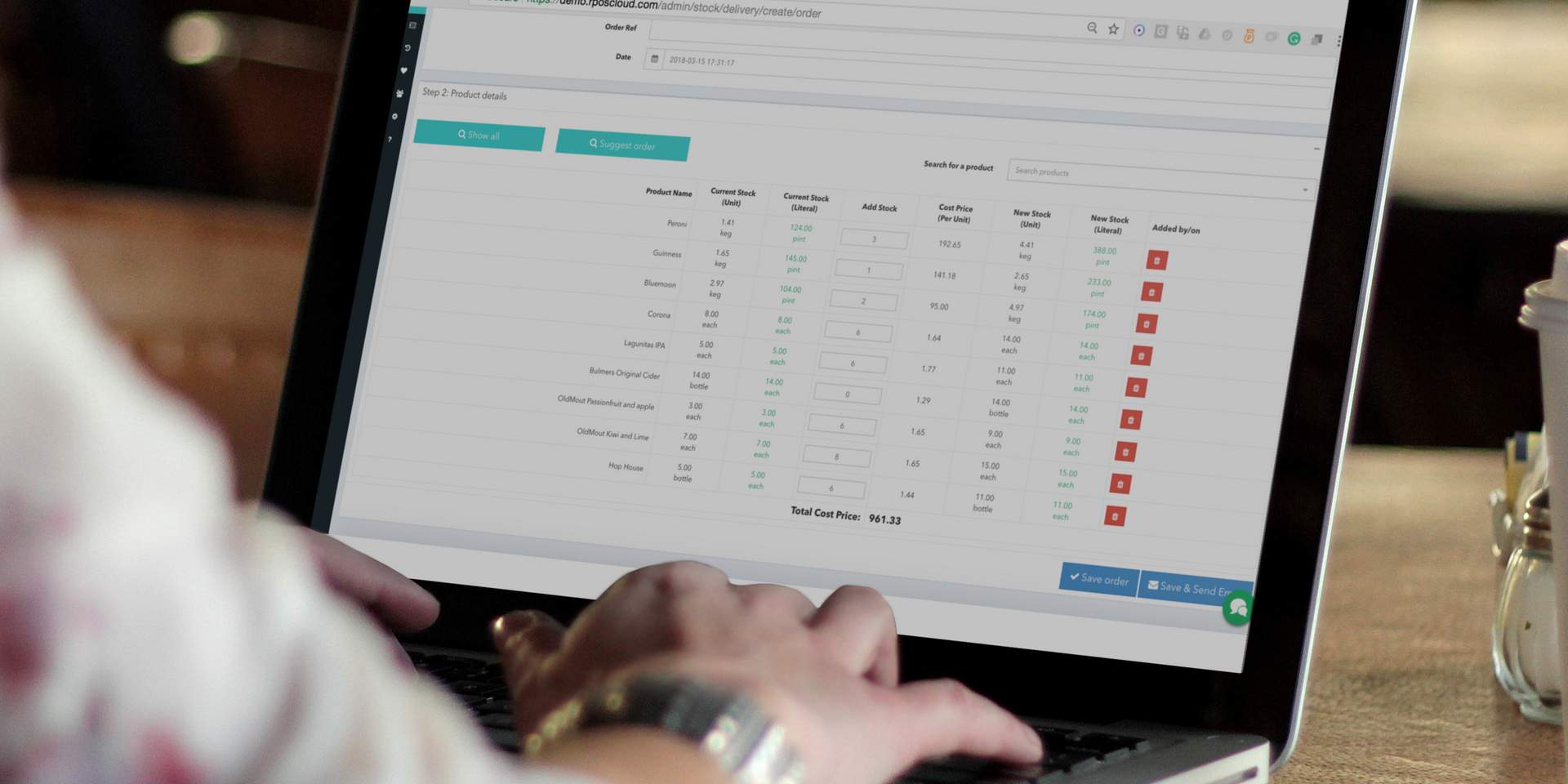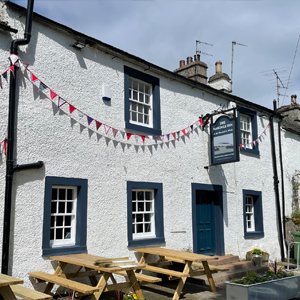Protecting your hospitality businesses from rising inflation
With inflation as measured by RPI (Retail Price Index) recently hitting 8.5%*, the prices of everything from food & wages to rent & utilities are on the rise. At a time when many hospitality businesses are still finding their feet after Covid restrictions, maintaining profit margins as much as possible will be vital.
With consumers feeling the pinch across all expenditures, a blanket increase of prices may risk hospitality becoming a luxury, with fewer customers through the door. So what else can we do to tackle this?
Keep a close eye on your margins
With cost prices rising it’s vital to ensure you are still making the margin you need on the food & drink that you sell.
Our hospitality EPOS will automatically calculate your GP based on the cost of the item, or the ingredients making it up, and the sale price. This is displayed as you add or adjust your prices and you can produce a report showing the GP on all of your products.
As you record any increase to your supplier prices, these will automatically be reflected in the cost and GP of any menu items impacted, so you can easily pull off a report and ensure your margins are still where you need them to be.
If you can’t do this on your EPOS you can achieve a similar thing in a spreadsheet with a bit more work.
It can be a good idea to review your GPs inline with your sales reports so you can prioritise ensuring your margins are in check on your big sellers.
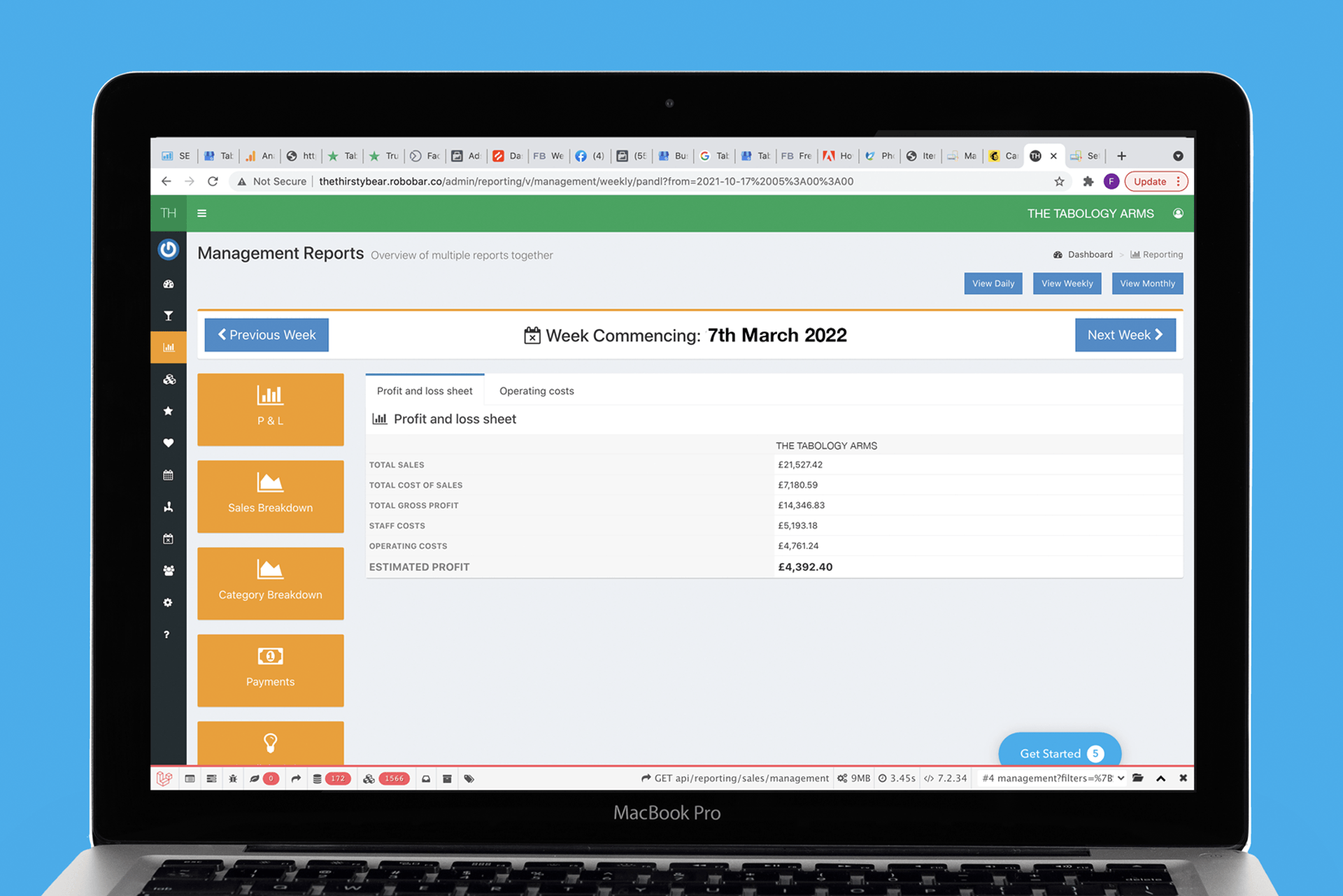
Closely monitor wastage
Rising prices means that any wastage is costing you more, so firstly make sure that all wastage is being recorded.
Most hospitality EPOS systems should allow you to record wastage and view wastage reports. If your EPOS includes a kitchen management system, your chefs should also be able to record any kitchen waste directly on the kitchen.
Ideally you should be able to see the cost of wastage both at cost and retail price. You should have enough information to be able to identify any patterns that correlate with high wastage, such as a particular staff member, product, or time of day. You can also set up your own reason codes, breaking them down to be as granular as you like. This should all help you identify any underlying issues, and try to solve them.
There will still be unreported wastage, things like spilt drinks or over pouring, and this is where your stock report comes in. Stock reports will highlight variances between your projected and actual stock levels. Running these reports regularly allows you to keep a tight control on any variances quickly, so they can be investigated. You can also run daily line checks monitoring specific products to narrow down on the cause of wastage.
Track staff hours
If like most hospitality businesses you are paying more for wages and still struggling to recruit staff, you will want to ensure you are using the team you do have as effectively as possible.
Using a staff scheduling tool that is integrated with your EPOS enables you to make use of the sales data to build accurate staffing rotas. With our staff scheduling tool, you can pull sales data from comparable weeks, and use this to sense check your planned rota. This gives you a guide on where you may be over or understaffed, based on anticipated sales figures, so you can make sure your staff are working when you really need them and not adding to your costs when you don’t.
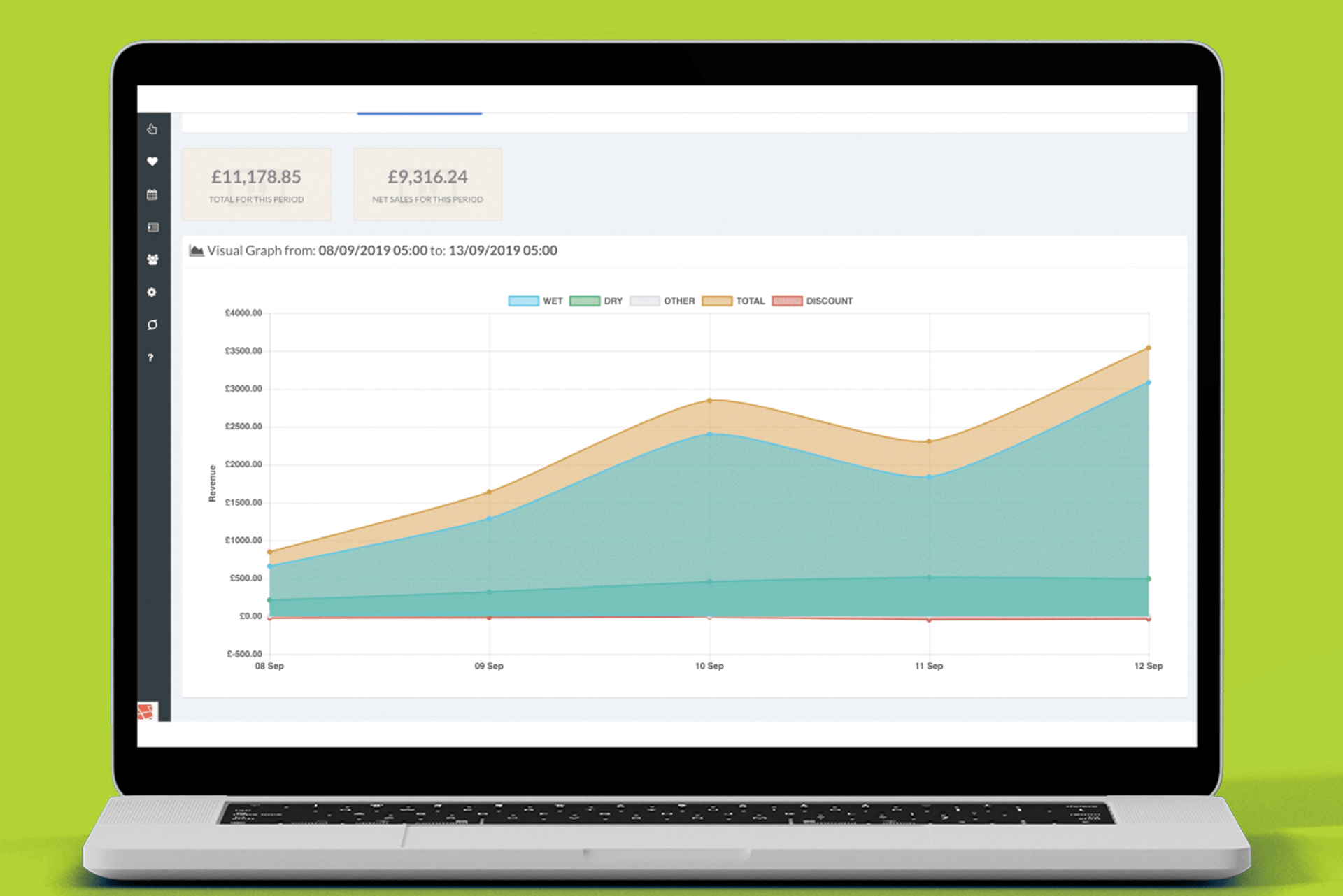
Monitor your profitability
Regularly review your profit & loss (P&L) report so you understand all of your costs, and ultimately your business bottom line.
If your EPOS is linked to your accounting package and you’ve automated the submission of your supplier invoices (see our previous blog on automated bookkeeping), you should have a pretty up to date P&L in your accounting platform.
However, it's possible to get an even more up to date and accurate P&L for shorter time periods directly from your EPOS.
Our hospitality EPOS includes a P&L report that calculates your fixed costs, such as rent, based on the time period you are viewing, which can be as little as one day. This gives you a view of your profitability more quickly, and for much smaller windows than you can realistically get from your accounts.
Knowing at all times how well your business is doing, will prevent any nasty surprises at the end of the quarter or year, and allow you to make any cost savings and changes much more quickly if things aren’t looking as good as anticipated.
Shop around
With prices rising, it’s advisable to shop around. Are there any suppliers offering introductory offers and rates you can take advantage of? Or can the same products be sourced from someone else for less? It’s time to look beyond your tried and tested suppliers if possible.
With the right EPOS you can easily monitor all your business costs and revenues, arming you with all the information you need to drive your successful business. If you're interested in finding out more, get in touch.
* Office of National Statistics, inflation and price indices, consumer price inflation time series. January 2022.
